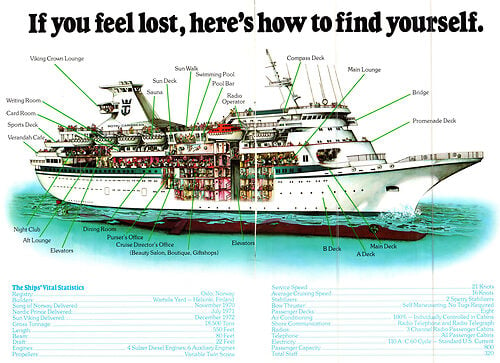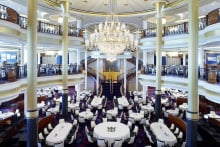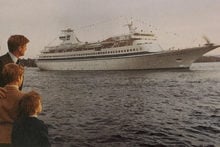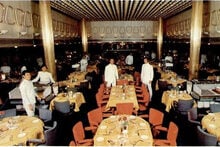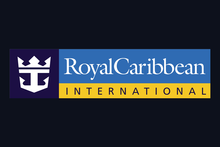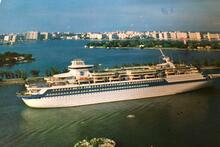Cruising has changed a lot over the years, but comparing a cruise today to what it was like fifty years ago is incredible.
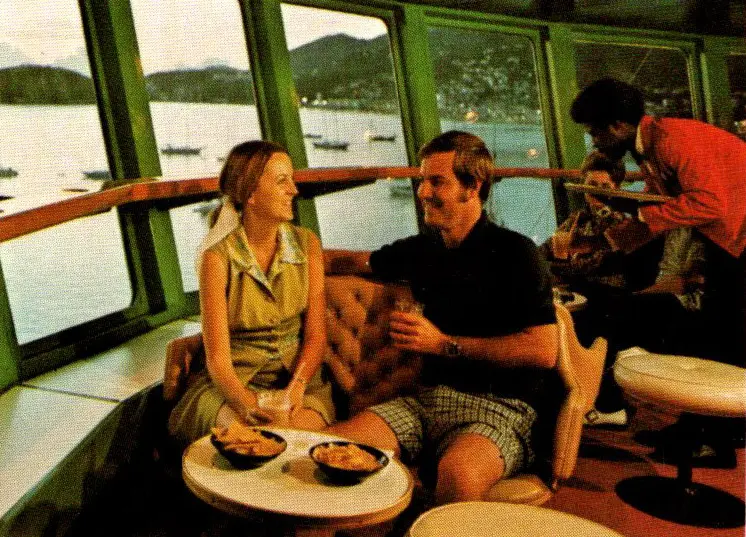
Royal Caribbean began cruising in 1970 with Song of Norway, and added two more ships before halfway through the decade. Those ships began the tradition of what a Royal Caribbean cruise is all about, and today we have a look back at what it was like on a sailing back then.
I recently ran across a pamphlet distributed to passengers sailing on Song of Norway in the early to mid 1970s. There is no date listed, but it references the three ships in the fleet, so it was printed no earlier than 1972 when Sun Viking was added to the fleet.
The pamphlet is entitled, "Velkommen: A Guide to Cruising the Royal Caribbean", and includes a list of the facilities, activities, and services available on Song of Norway.
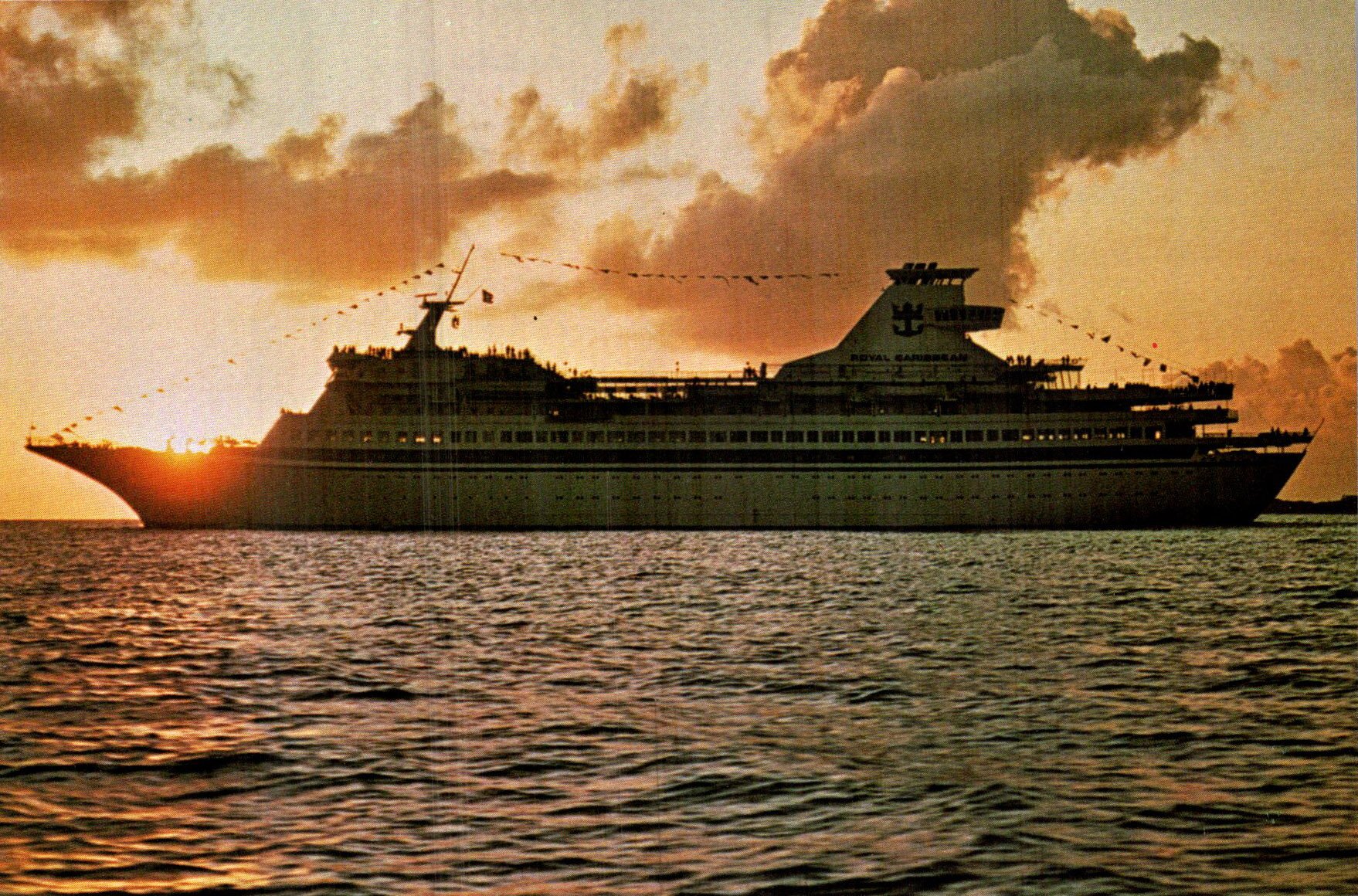
Browsing through the document, I found the most interesting and different things that do not exist on a cruise today.
The ship had a radio station
We all think of cruise ships as incorporating a great deal of technology, but in the 1970s, radio was still king.
Song of Norway had its own radio station where you could send radiograms or make ship-to-shore telephone calls.
A radiogram is a formal written message transmitted by radio. Kind of like an analog email, radiograms use a standardized message format, form and radiotelephone and/or radiotelegraph transmission procedures.
The message format for communications transmitted to sea-going vessels is:
- radiotelegram begins: from . . . (name of ship or aircraft);
- number . . . (serial number of radiotelegram);
- number of words . . . ;
- date . . . ;
- time . . . (time radiotelegram was handed in aboard ship or aircraft);
- service indicators (if any);
- address . . . ;
- text . . . ;
- signature . . . (if any);
- radiotelegram ends, over
Souvenir Passenger List

Something hard to imagine now is Royal Caribbean would give you a list of all the passengers onboard.
Passenger lists were a vestige of the early days of cruising. They were provided in order to make introductions among fellow guests easier, as well as serve as a souvenir from the voyage. They were given to all passengers aboard liners and cruise ships until the 1970s and 1980s.
They included everyone's name and home town.
Read more: Passenger lists from Sovereign of the Seas
Midnight buffet (and other specialty meals)
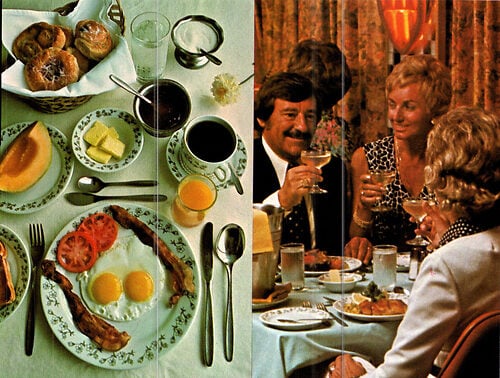
Perhaps the best known, but no longer served, meal on a cruise ship was the midnight buffet.
Before ships had an overwhelming amount of places to eat, the midnight buffet was available every night in the main dining room.
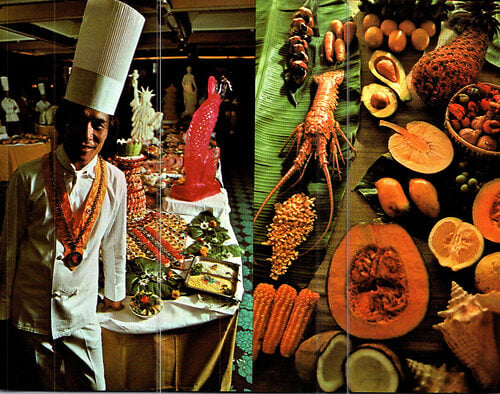
Song of Norway also offered:
- Sun Worshipper's Lunch: Luncheon served outdoors on the aft of the Promenade Deck. Hamburgers, sandwiches and hot dogs were served with no dress code.
- Afternoon Tea: Tea and pastries at the Verandah Cafe every afternoon.
- Mid-Morning Bouillon: Traditional late-morning pick-me-up at Verandah Cafe on sea days.
Banquets and parties
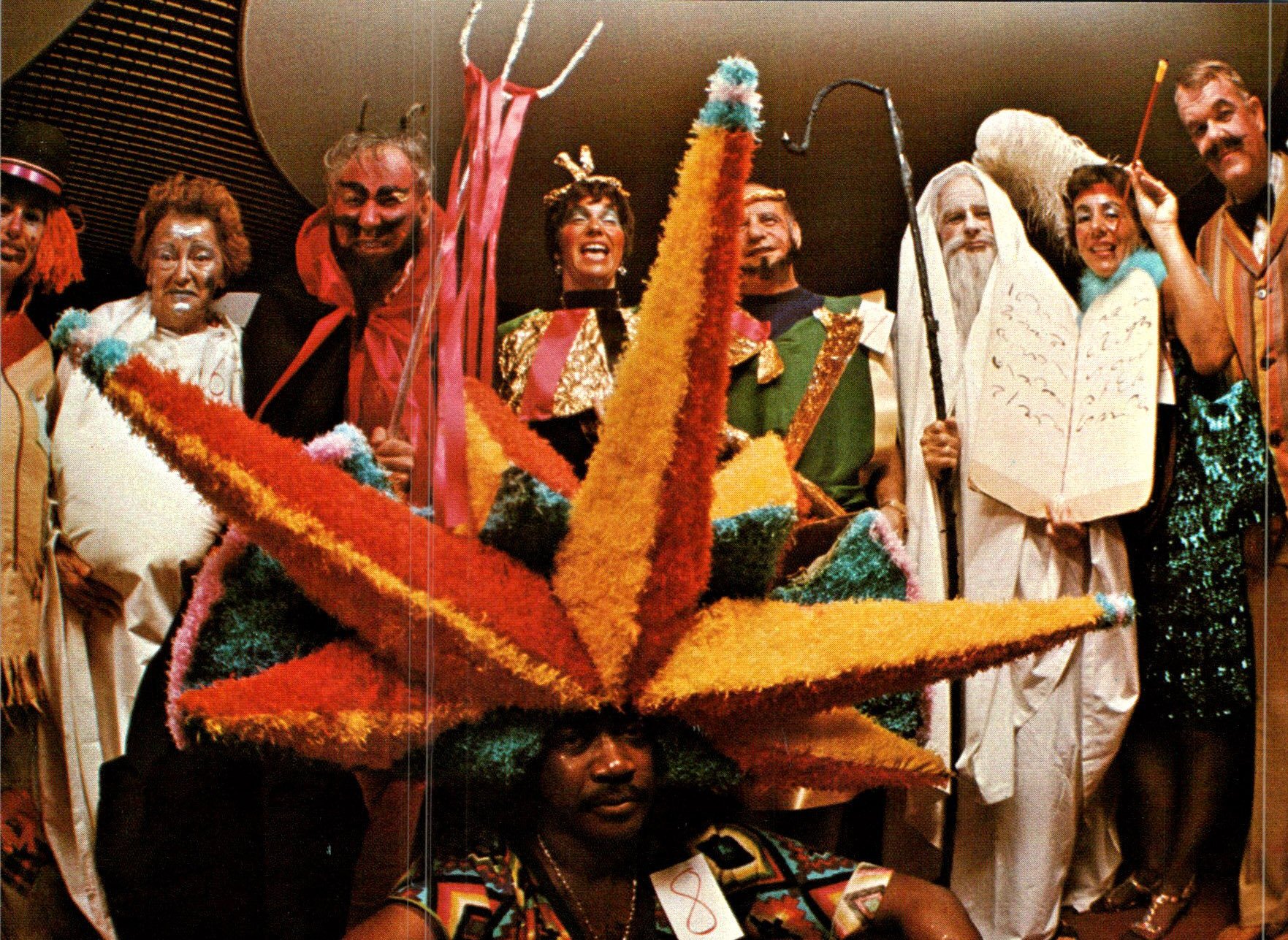
Evening entertainment on a cruise ship is still offered today, and it was a big deal on Song of Norway.
On passenger talent night, guests would sing, dance, make magic, or just about anything else they were brave enough to demonstrate for their fellow guests and crew.
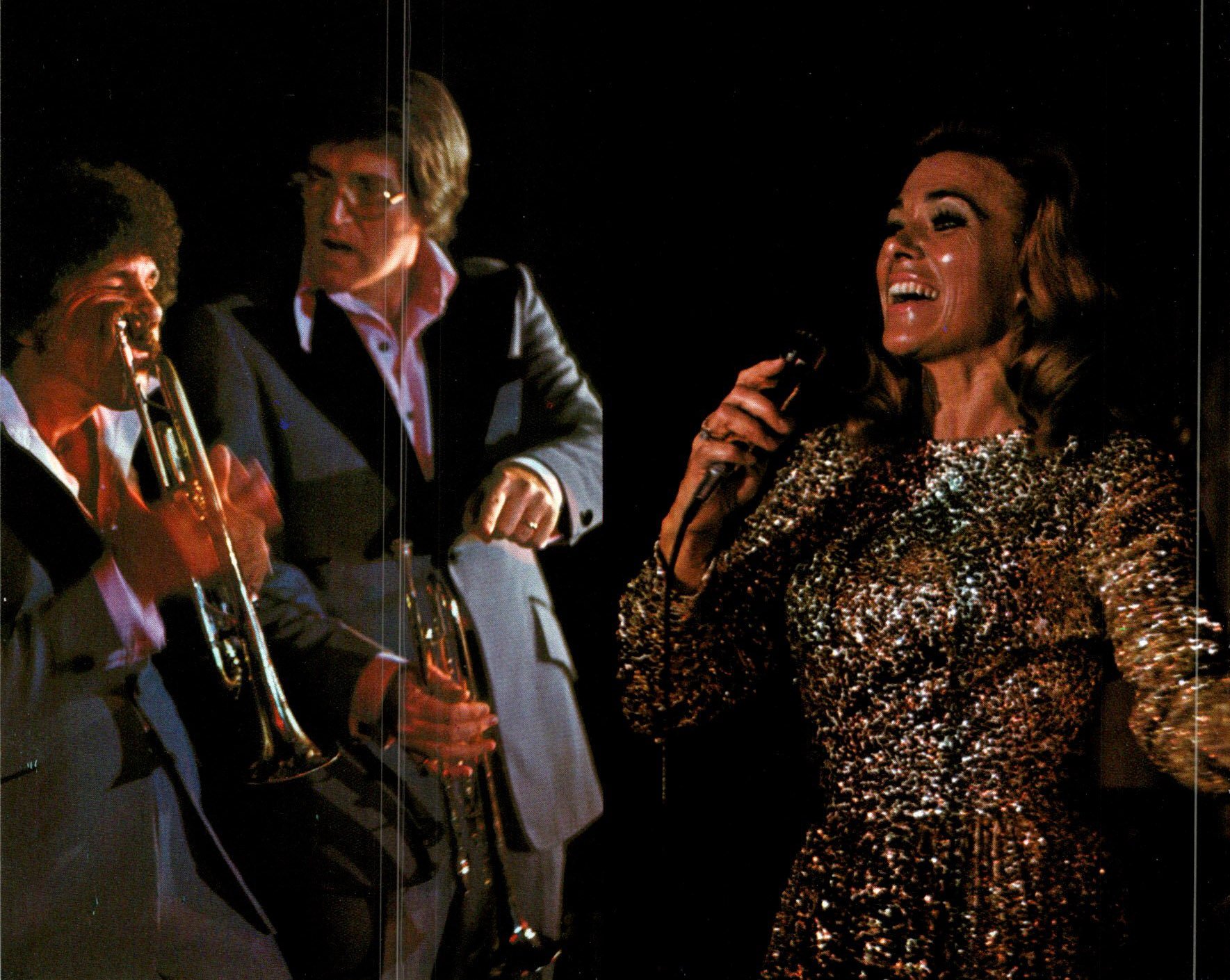
Casino night was held on two-week cruises, and the crew would allow guests to run the games. They lowered the bets to very low amounts (10 cents a bet) and gave passengers a chance to see what it was like to be a blackjack dealer or croupier.
Masquerade night is just what it sounds like: it is an old-fashioned costume gala. Prizes are given for Most Humorous, Most Original and Most Artistic costume. Guests were encouraged to bring a costume, but the staff could provide necessary materials to build their own onboard.
Things you can't do anymore
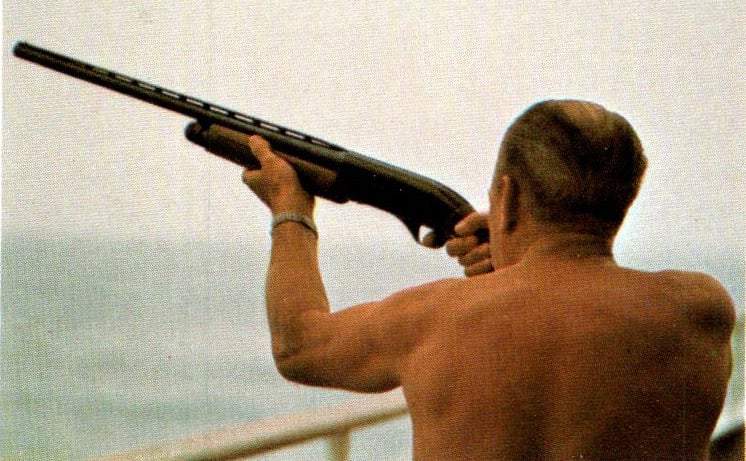
Perhaps most surprising is some of the things Royal Caribbean used to let passengers do onboard.
Bridge visits were regularly available on sea days. There would be open times listed in the Cruise Compass when you could walk up to the ship's bridge and explore.
Another event that I cannot recall ever seeing is Ladies Night, which has four rules:
- Ladies must ask gentlemen to dance they must not refuse
- Ladies must escort the gentlemen to the dance floor and return them to their seats
- Ladies must buy the gentlemen drinks
- Ladies must light the gentlemen's cigarettes
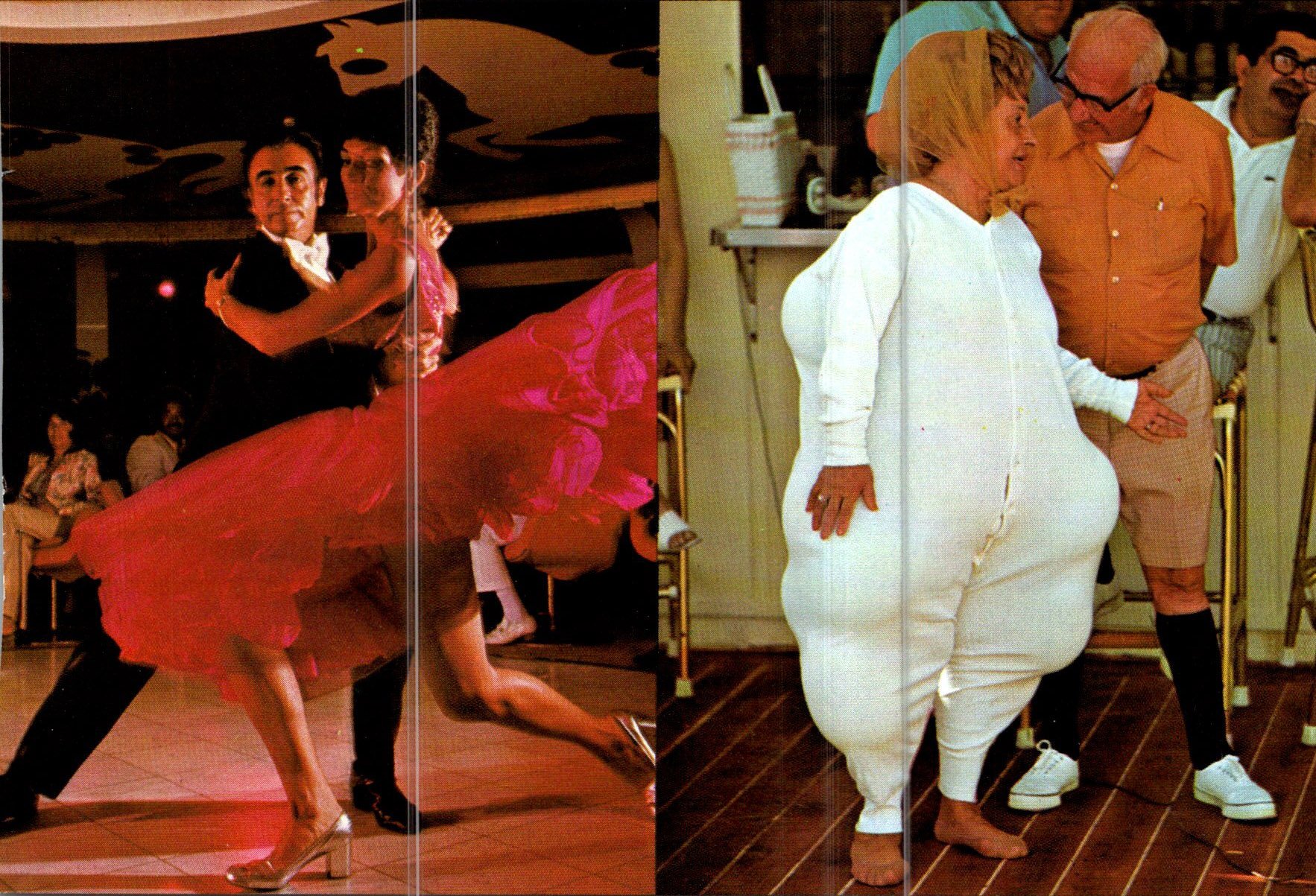
Something you might do at an office party today is a white elephant auction. At the end of every cruise, Royal Caribbean would hold a White Elephant Auction Sale where you could bring an unwanted goodie to the main lounge.
An auctioneer would then try to sell it to someone else onboard. If they cannot sell it or beat the price you listed, it gets returned to you.
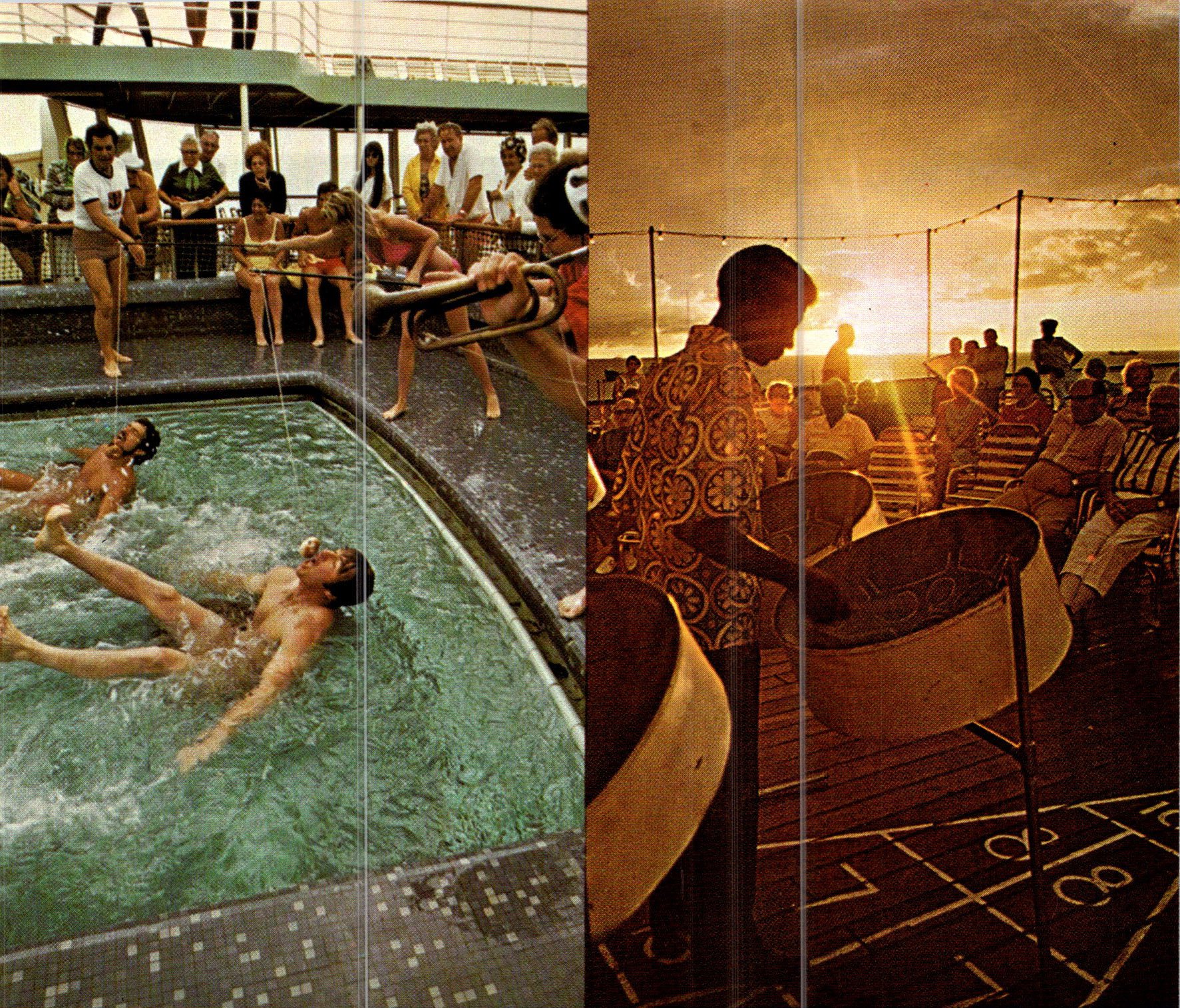
There were two events held onboard that used to be staples of a cruise that could never be done today. On sea days, you could engage in a golf driving contest at the Aft Restaurant deck.
In addition, skeet shooting was available on sea days where you could shoot clay pigeons off the back of the ship.
Gratuities
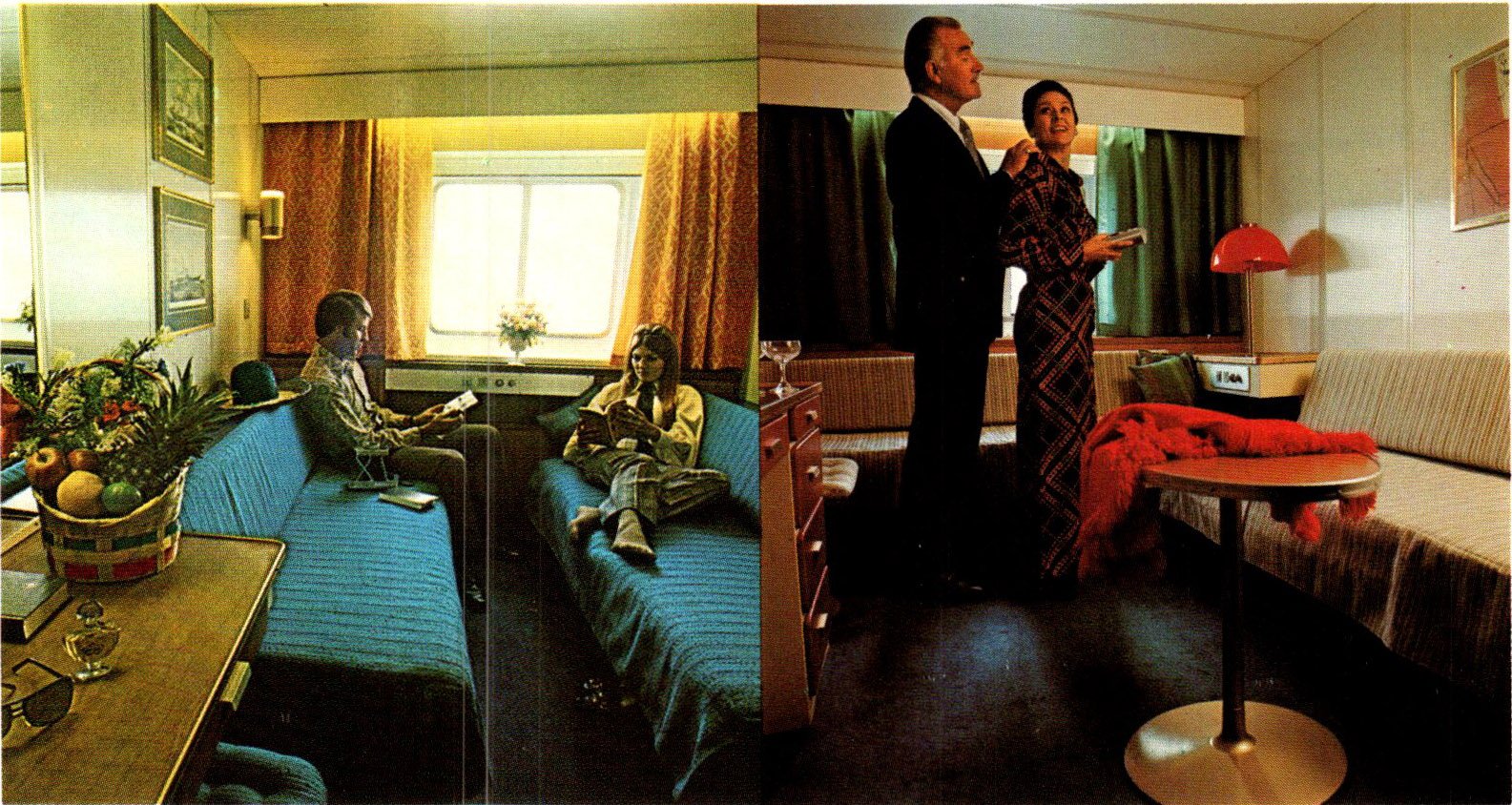
Just like today, gratuities were part of the cruise experience.
The suggested gratuity rate for a cruise in the 1970s were as follows:
- Dining room water: $1.50 per passenger, per day
- Busboy: $0.75 per passenger, per day
- Cabin steward: $1.50 per passenger, per day
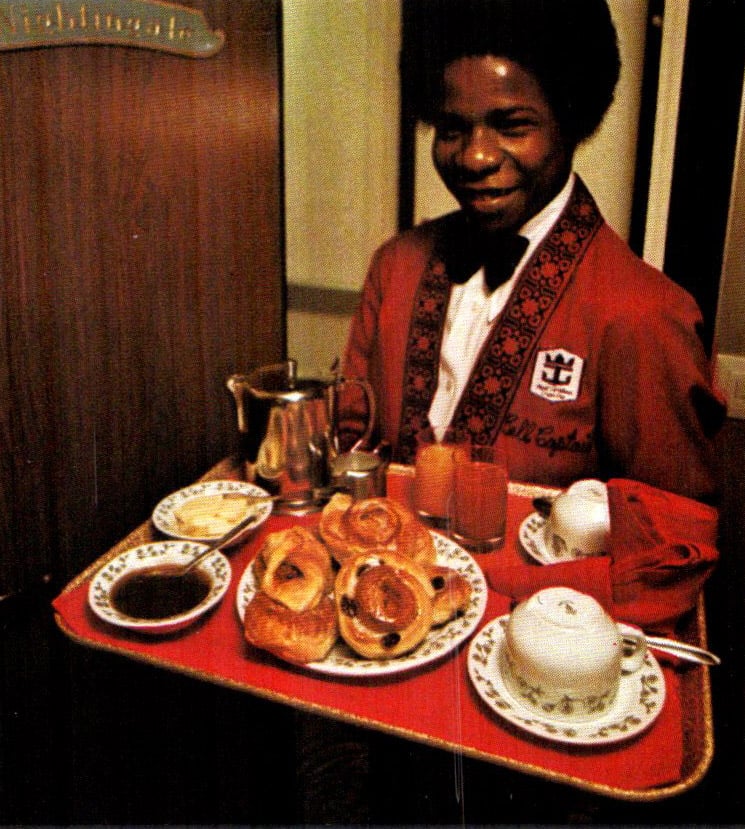
Customarily, on a 7-night cruise, gratuities are given on the Friday evening before returning to Miami. On two-week cruises, it is the custom to extend one half of your gratuity at the mid-point of the cruise and the remainder on your last Friday evening at sea.
What you can't bring back
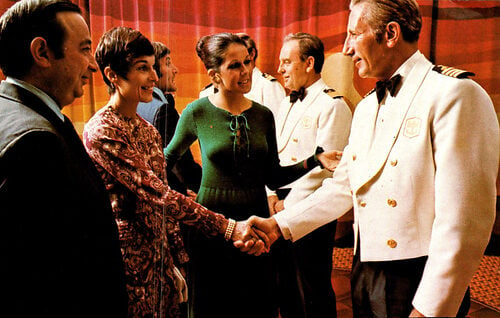
Part of the customs process when returning to the United States included a few things you cannot bring back.
- Cuban cigars
- Merchandise originating from North Korea, North Vietnam, or Cuba.
- Fruits, vegetables, plants, cutting, seeds or unprocessed plant products.
- Haitian animal skins and products made from these skins (i.e. rugs, purses, bongo drums, etc)
Read the whole thing
If you prefer, you can read the whole pamphlet, including what you should wear onboard, what the ranks mean among the officers, and which brand of cigarettes sponsored the cruise!


